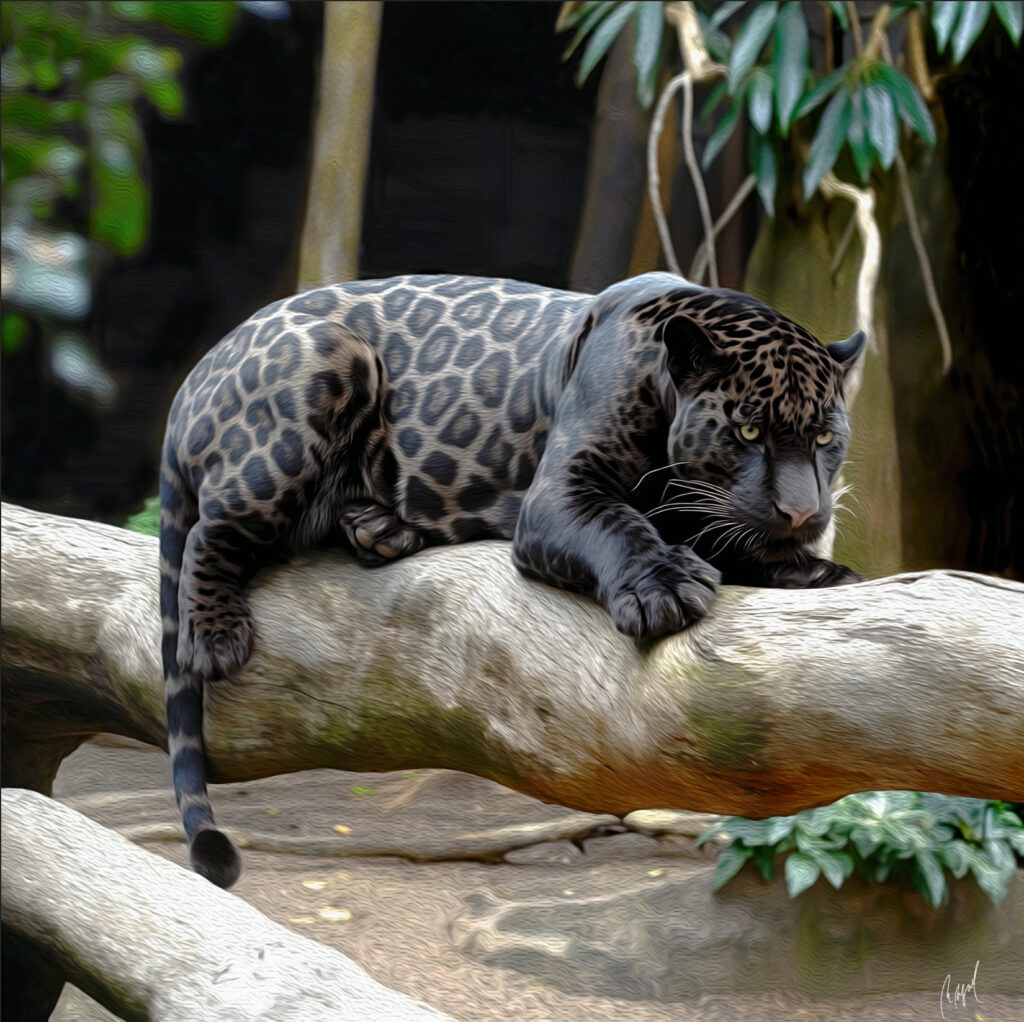Your cart is currently empty!
…a fulness and a continuation of the seeds forever and ever. D&C 132:19

The jagupard is perhaps the most beautiful and enigmatic of all big cats. Its presence evokes raw physical power and the deep majesty of the animal kingdom. As its name suggests, the jagupard is a liminal creature: a hybrid of jaguar and leopard, suspended between two distinct species, each shaped in its own corner of the world.
For that very reason, jagupards do not exist in the wild. Leopards roam the forests of Africa and Asia, while jaguars—immortalized by Arnold Friberg as King Noah’s improbable pets—stalk the dense jungles of South America.
There is another reason why only a handful of jagupards have ever been produced in captivity. The two carry genetic incompatibilities that render their male offspring sterile, like mules (horse × donkey) or ligers (lion × tiger).
That sterility arises, in part, because the Y chromosome evolves more rapidly than the X, accumulating species-specific mutations that disrupt reproductive function in hybrids. Over time, such divergences contribute to speciation—the emergence of new species through reproductive isolation—as described by the Dobzhansky–Muller incompatibility model.
These animals however are more than a biological curiosity. They are a metaphor. Like the jagupard, we are hybrid beings—caught between the pull of the flesh and the whisper of the Spirit, heirs to both dust and divinity. We bear the imprint of mortality—instinct, appetite, fear—and yet we are called to transcend it.
In The Biology of the Fall, I have explored that inner tension: the war between biology and holiness. The jagupard, poised and watchful, becomes its symbol.
It lies between two worlds—just as we do.
And like us, it cannot multiply or receive eternal increase without transformation.
